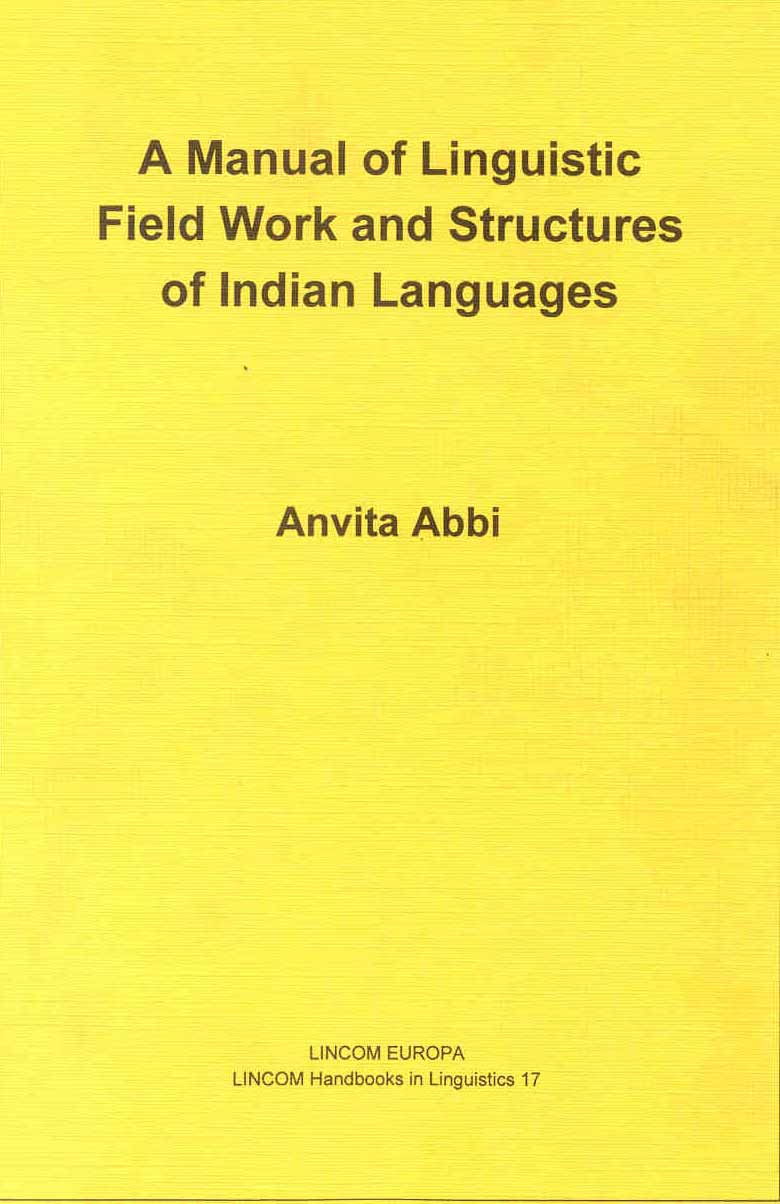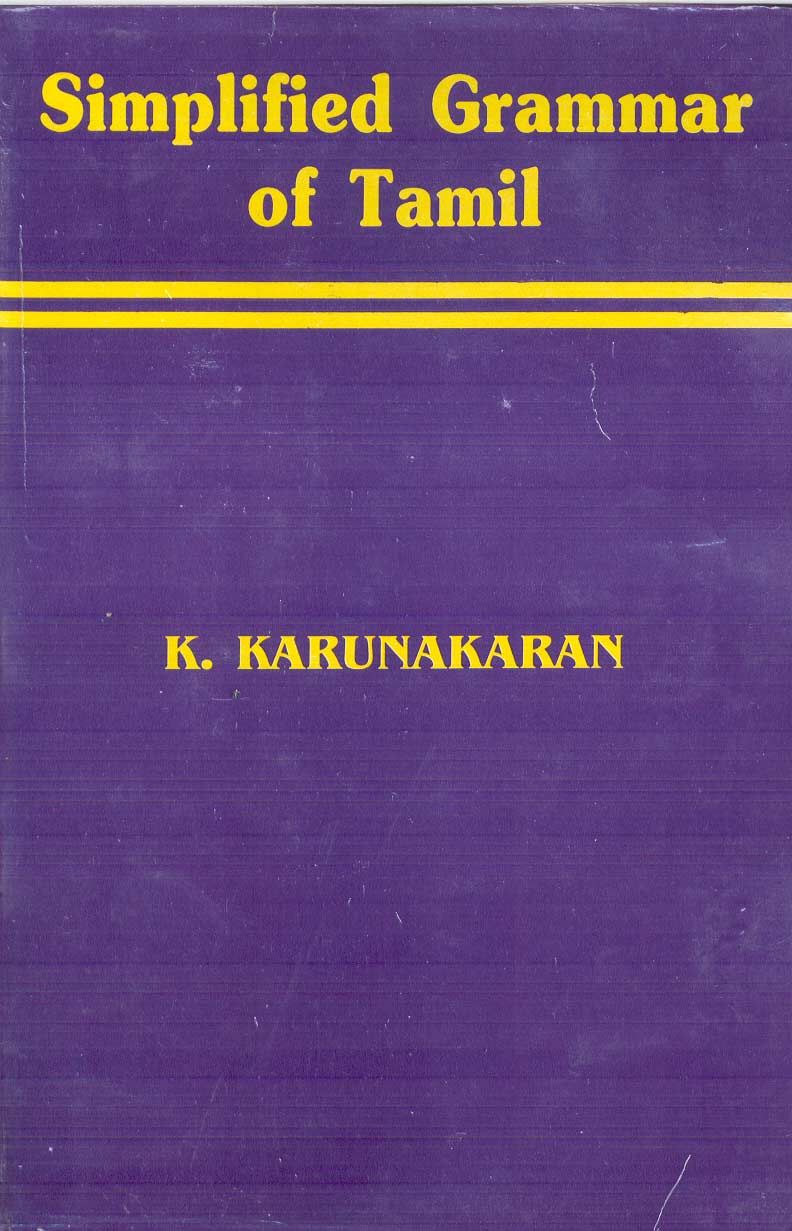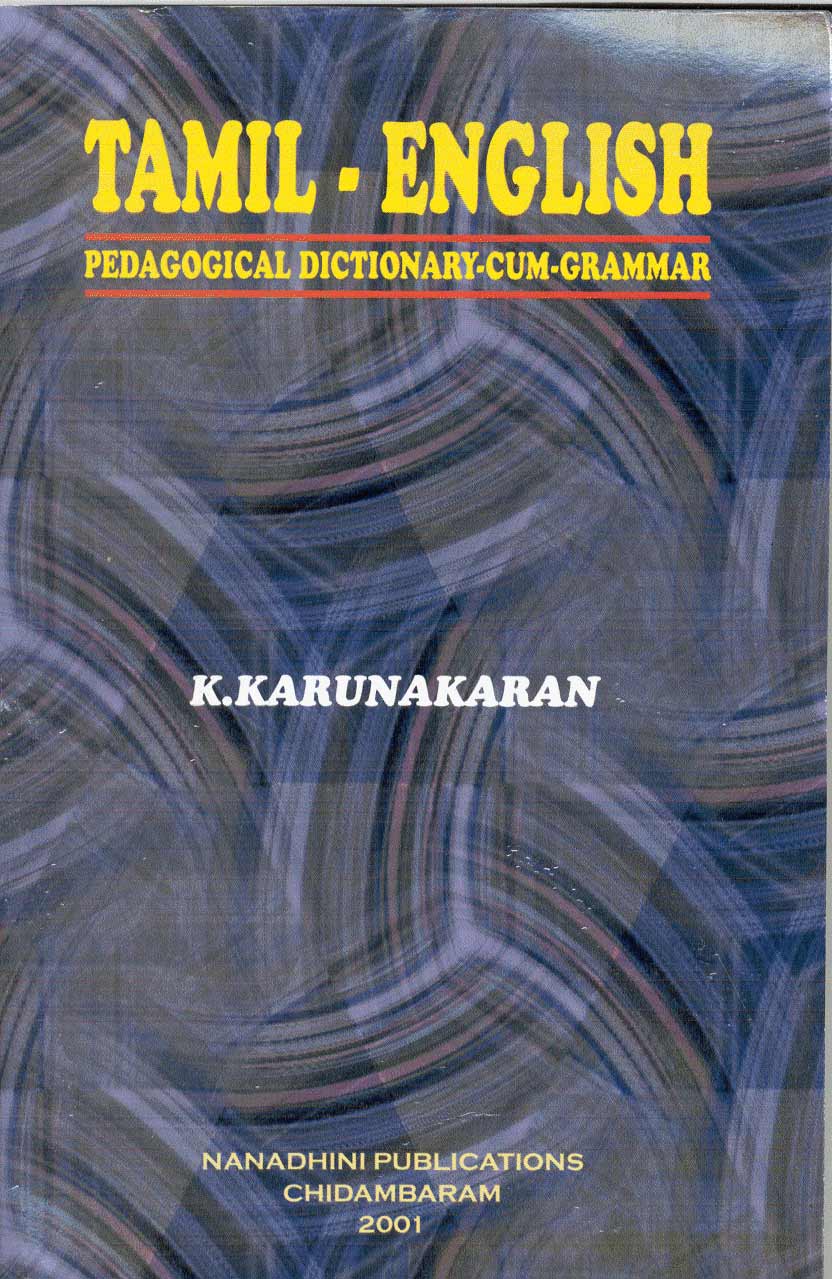BOOKS FOR YOU TO READ AND DOWNLOAD
- Lanuage In Science by
M. S. Thirumalai, Ph.D. - Vocabulary Education by
B. Mallikarjun, Ph.D. - A CONTRASTIVE ANALYSIS OF HINDI AND MALAYALAM by V. Geethakumary, Ph.D.
- LANGUAGE OF ADVERTISEMENTS IN TAMIL by Sandhya Nayak, Ph.D.
- An Introduction to TESOL: Methods of Teaching English to Speakers of Other Languages by M. S. Thirumalai, Ph.D.
- Transformation of Natural Language into Indexing Language: Kannada - A Case Study by B. A. Sharada, Ph.D.
- How to Learn Another Language? by M.S.Thirumalai, Ph.D.
- Verbal Communication with CP Children by Shyamala Chengappa, Ph.D. and M.S.Thirumalai, Ph.D.
- Bringing Order to Linguistic Diversity - Language Planning in the British Raj by
Ranjit Singh Rangila,
M. S. Thirumalai,
and B. Mallikarjun
REFERENCE MATERIAL
- Languages of India, Census of India 1991
- The Constitution of India: Provisions Relating to Languages
- The Official Languages Act, 1963 (As Amended 1967)
- Mother Tongues of India, According to 1961 Census of India
- Lord Macaulay and His Minute on Indian Education
BACK ISSUES
- FROM MARCH 2001
- FROM JANUARY 2002
- INDEX OF ARTICLES FROM MARCH, 2001 - MARCH, 2003
- INDEX OF AUTHORS AND THEIR ARTICLES FROM MARCH, 2001 - MARCH, 2003
- E-mail your articles and book-length reports to thirumalai@bethfel.org or send your floppy disk (preferably in Microsoft Word) by regular mail to:
M. S. Thirumalai
6820 Auto Club Road #320
Bloomington, MN 55438 USA. - Contributors from South Asia may send their articles to
B. Mallikarjun,
Central Institute of Indian Languages,
Manasagangotri,
Mysore 570006, India or e-mail to mallik_ciil@hotmail.com. - Your articles and booklength reports should be written following the MLA, LSA, or IJDL Stylesheet.
- The Editorial Board has the right to accept, reject, or suggest modifications to the articles submitted for publication, and to make suitable stylistic adjustments. High quality, academic integrity, ethics and morals are expected from the authors and discussants.
Copyright © 2001
M. S. Thirumalai
SOME NEW BOOKS IN INDIAN LINGUISTICS
BRIEF NOTICES
Science Policy, Education, and Language Planning
by H. R. Dua
"Science Policy, Education, and Language Planning (Yashoda Publications, Mysore, 2001) problematizes science and language as a mechanism of social control by dominant elites, and explores the dynamic relationship between science, language, culture, economy, politics, and social practices from the perspective, which may well be called Critical. For, it assumes that the development of a critical awareness of the world and of the possibilities for changing it, ought to be the main objective of all education - weather it is language education or science education." -- Professor Imtiaz Hasnain.
A Manual of Linguistic Fieldwork and Structures of Indian Languages
Anvita Abbi, Ph.D.
A Manual of Linguistic Fieldwork and Structures of Indian Languages
Anvita Abbi, Ph.D.This is a manual on linguistic field methodology with special reference to structures of Indian languages. It covers all that one needs to know about eliciting data from native speaker informants of South Asian languages. The book contains step-by-step information about collection, collation, analysis, description, presentation and explanation of linguistic data.
The author has drawn a large number of first-hand collected examples from lesser-known and 'tribal' languages of India to expose the readers to the variety and diversity of linguistic data available in the subcontinent. In addition to the discussion on elicitation on phonological, morphological, syntactic, semantic and sociolinguistic information, the author has discussed the linguistic characteristic features of each language family of India. The book makes the reader aware of areal features of the languages under consideration and the contact phenomena to facilitate fieldwork. Each topic is followed by 'elicitation tips' and interrogation techniques for the field worker as well as practical issues, problems and solutions as regards collection of data.
Sets of questionnaires on commonly investigated topics are included in the 'appendix' to facilitate fieldworker to come to grips with the theoretical and structural aspects of languages in general and Indian languages in specific.
Numerous figures, maps and tables.
Lincom Europa/ Lincom Handbooks in Linguistics 17.
Freibadstr. 3, D-81543 Muenchen, Germany
ISBN 3 89586 401 3
Simplified Grammar of Tamil
K. Karunakaran, Ph.D."Though this Grammar is based on the structural linguistics principles and techniques of description, it presents the technical information in simple language. It is a sort of reference pedagogical grammar, especially for learning Tamil as a second/foreign language. . . Tamil is spoken by 80 million people. It is spoken in Tamilnadu, India, and in many other states of India, and in other parts of the world such as Sri Lanka, Malaysia, Singapore, South Africa, Fiji Islands, and Mauritius. . . A grammar of this kind, it is hoped, will be of great help in learning Tamil as a second or foreign language. The book has four sections: Introduction, Phonology and Writing System, Grammar, and Sandhi Rules."
Suvita Publishers
110, T. P. Koil Street
Triplicane, Chennai - 600005, India
Tamil-English Pedagogical Dictionary-cum-Grammar
K. Karunakaran, Ph.D."The Dictionary-cum-Grammar presented in this volume is primarily intended for the learners of Tamil as a second language, through the medium of English. It contains approximately 4000 entries most of which are basic and common words, along with the morphological structures and base forms (followed by sufixes). . . The Pedagoical Dictionary-cum-Grammar presented here will not only help the learner in acquiring the vocabulary, but also help to build up grammatical forms with nouns and verbs, as base forms. That is, the learner will find it simple and easy to identify the base forms (roots) and suffixes, which occur in a definite order in the morphological constructions. The ultimate aim of this kind of presentation is to make it electronic, so as to include large stock of noun and verb paradigms, in an exhaustive way. The entries included here constitute the commonly used basic and core vocabulary in the Modern Written Tamil."
Nanadhini Publications
176, East Car Street
Chidambaram, Tamilnadu, India
HOME PAGE | BACK ISSUES | A Study of Assamese Hindu Male Names | Cognitive Processes in Writing: Exploring the Strategies Used by Second and Foreign Language Learners of English | Lord Macaulay: The Man Who Started It All and His Minute | Indian Mass Media and Language Education | Urdu in Andhra Pradesh | Computational Morphology of Tamil Verbal complex | Science Policy: Empowering Indian Languages vis-a-vis English -- A Review of H.R.Dua's Science Policy, Education, and Language Planning | SOME NEW BOOKS IN INDIAN LINGUISTICS | CONTACT EDITOR



